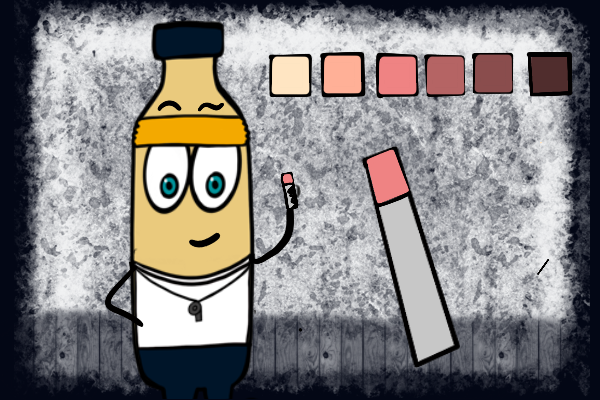WHY IS CHECKING FOR KETONES IMPORTANT?
If you’re newly diagnosed with type 1 diabetes, one of the first things you’ll learn is the importance of checking your ketones. Finding out that you have ketones can be an early warning sign that you may not have enough insulin in your body.
Remember, your body needs insulin in order to use sugar for energy.
Ketones are made by your body when it breaks down fat to be used for energy. Usually, insulin stops this process and prevents ketones from forming. If your body doesn’t have enough insulin available, it may start to make ketones as it uses fats for energy.
Finding that you have ketones early is one of the best ways to prevent diabetic ketoacidosis (DKA).
WHEN SHOULD YOU CHECK FOR KETONES?
You should check for ketones for any of the following reasons:
- When you’re sick
- When your blood sugar is very high (over 300 mg/dL or 16.7 mmol/L)
- If you miss an insulin dose
- After you vomit, even if it’s just once
- If your insulin pump catheter is blocked or your pump fails
If you find ketones, you need to take extra insulin to stop them from forming. You should contact your healthcare provider and follow their ketone management plan if you discover that you have ketones. It’s crucial to catch ketones early and take action quickly to prevent getting very sick!
HOW TO CHECK FOR KETONES
You should always have a way to check for ketones at home and take it with you when you travel. You can check for ketones using urine or blood. Your diabetes provider should send a prescription for ketone test strips to your pharmacy. (However, note that urine ketone test strips can often be purchased over the counter as well).
Urine ketone strips are usually cheaper than blood tests, but are still very effective for identifying ketones. Blood tests can be helpful if getting a urine sample is difficult (ex. not potty-trained). A blood ketone test can also better show when ketone levels are improving, since ketones can remain present in your urine for an hour or longer after they have stopped being produced.
URINE KETONES
There are two main types of urine strips:
- Ketostix®: Dip this strip in urine and check the result after 15 seconds. It will show as negative, trace, small, moderate, large, or extra large.
- Chemstrip K: Dip this strip in urine and check the result after 60 seconds. It will show as negative, trace, small, moderate, large, or extra large.
Remember, all urine ketone strips must be thrown out six months after you open the bottle.
BLOOD KETONES
Some people prefer using a ketone meter to check blood ketones. There are several meters available, like the Precision Xtra® (Abbott labs) and the Nova Max® ketone meter (Nova® Biomedical).
For the Precision Xtra, follow these steps:
- Insert the blood ketone strip with the three black bars going into the meter.
- Place a drop of blood on the white target area at the end of the strip.
- The result will appear in 10 seconds.
Understanding ketone testing and making it a routine part of your diabetes care is key to early detection and prevention of DKA. Be sure to check with your diabetes provider to get of plan of what to do, if you discover that you have ketones!
